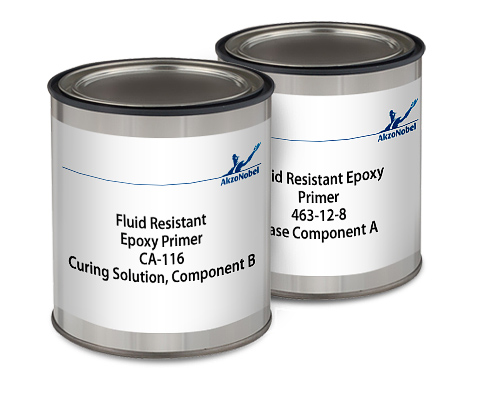As I work on my boot cowl, panel, glare shield, etc I've also started thinking about how to finish the aluminum surfaces that will never see the light of day. For instance, the back side of the panel, underneath the glareshield, under side of the floorboards, inside the engine cowling, etc. Am I right to expect that you guys are not top coating these places to save weight and effort?
In my studies I end up reading a lot of thread on VansAirforce, and see that many of those guys are priming pieces before riveting. Those QB kits actually come from the factory with a metal wash prime (Sherwin Williams P60 I think) for corrosion protection, as it's a minimal thickness coating. Correct me if that's not accurate.
I've seen first hand the effects of moist environments on Alclad joints in my experience with old Cessnas, and I just want to protect my Bearhawk properly. These are things that let me sleep soundly, but can also factor into resale value. Regardless whether you think corrosion is a risk, are you finishing unseen alum either with just primer or full top coat?
Thoughts?
In my studies I end up reading a lot of thread on VansAirforce, and see that many of those guys are priming pieces before riveting. Those QB kits actually come from the factory with a metal wash prime (Sherwin Williams P60 I think) for corrosion protection, as it's a minimal thickness coating. Correct me if that's not accurate.
I've seen first hand the effects of moist environments on Alclad joints in my experience with old Cessnas, and I just want to protect my Bearhawk properly. These are things that let me sleep soundly, but can also factor into resale value. Regardless whether you think corrosion is a risk, are you finishing unseen alum either with just primer or full top coat?
Thoughts?




Comment